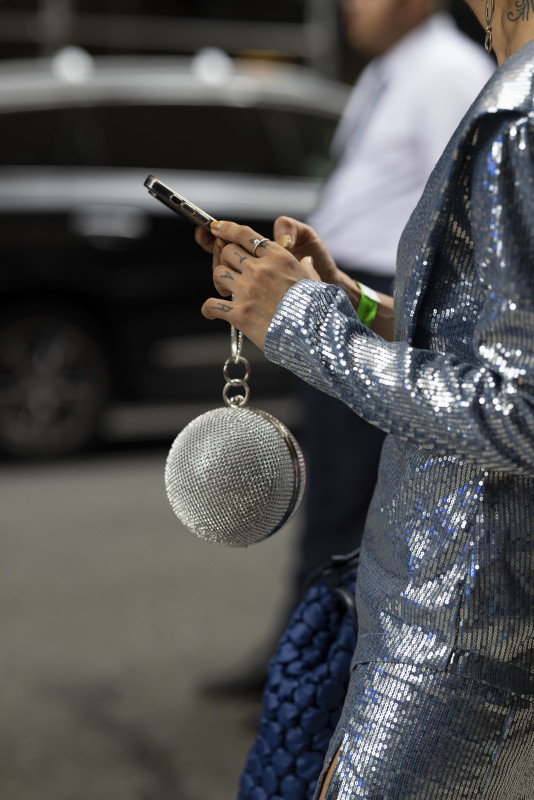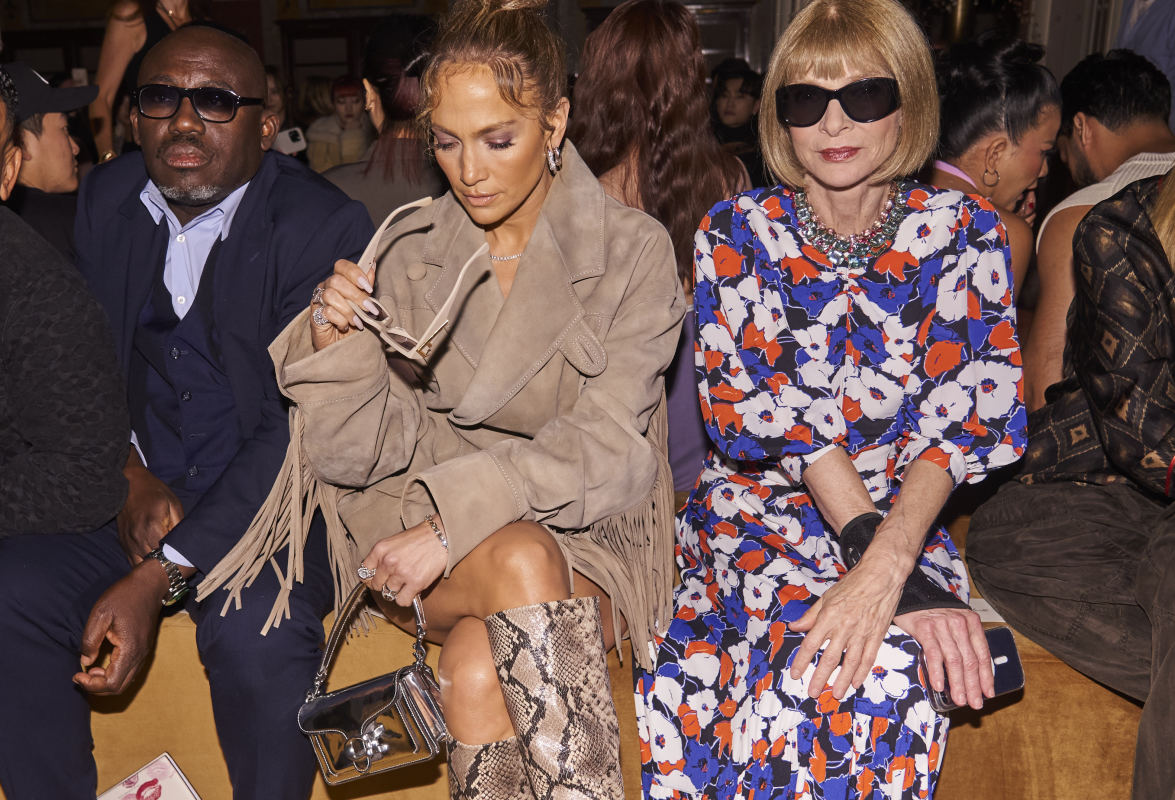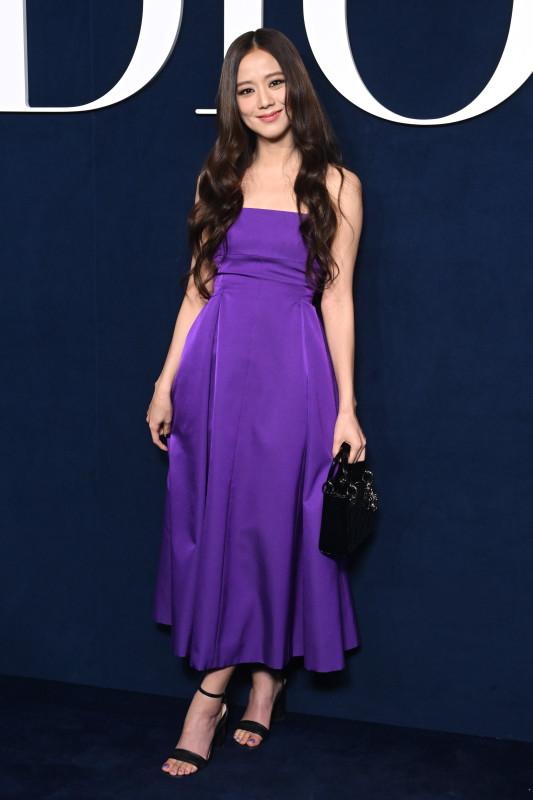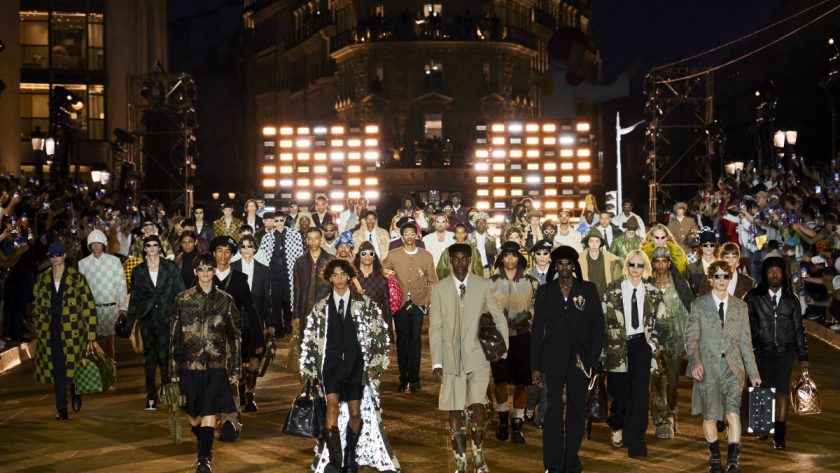Originally meant as showcases for buyers, editors and key fashion industry players, runway shows have grown far beyond being trade events, now often drawing the attention of the broader public. In recent years, however, a variety of factors — the Covid-19 pandemic, the emergence of new social media platforms, shrinking budgets, an overall shift toward digital communication — have deeply changed the ways brands introduce new collections to market, with these once-exclusive presentations morphing into a display of a brand’s cultural capital as much as of clothes.
“Fashion brands have turned into near-entertainment companies,” says Laurent François, author of “Les reséaux sociaux: une communauté de vie“ (“Social Networks: A Community of Life”) and managing partner at creative agency 180 Luxe. “The last Louis Vuitton Men’s Spring 24 takeover of Pont Neuf by Pharrell Williams and his teams had the attire of a pop show: stars, happenings, music and, of course, thousands of Parisians on the shores of the Seine trying to capture social content.”
Photo: Launchmetrics Spotlight
Grandeur and theatrics are in no way a novel when it comes to fashion shows, but the way the general public interacts with them — especially on social media — certainly is. Influencers and celebrity-filled front rows have created a new paradigm. Now, so much of the conversation surrounding what made an event successful centers on how the whole thing was received online, specifically in terms of digital performance (the direct impact a marketing move has on a brand, which can range from impressions and clicks to sales) and the activity of Key Opinion Leaders (trusted figures in a specific industry, whose reputation has the ability to influence people).
Measuring the reach of a show on social media has become a widespread practice for marketers, brands and data companies alike; and metrics like Earned Media Value (EMV) and Media Impact Value (MIV), which assign monetary value to interactions on a social media post, have become crucial. While each of these is measured using different methodologies, the idea is to quantify the extent of brands’ marketing efforts (because a runway show has become a marketing expense) and the return on their investments.
During fashion month, data companies monitor shows for a specific period of time (generally the duration of each city’s respective week) to produce reports that go live right after or a few weeks later. Specifically crafted for Fashion, Lifestyle and Beauty (FLB) brands, MIV is a proprietary Machine Learning algorithm by the software and data company Launchmetrics that, by analyzing things like social media posts, media articles and blog write-ups, measures the impact of mentions of a brand. The algorithm considers quantitative and qualitative parameters, such as engagement, content quality, authority of the source and more. Ultimately, MIV assigns a monetary value to every placement, quantifying its contribution to overall performance. With this data, brands can determine the effectiveness of their approach to influencers celebrities (more on that in a bit), gauge the performance of their content and improve their social media and marketing strategies.
EMV is a key performance indicator widely used by data platforms and social media listening tools. Calculating it will depend on the unique algorithms used by each company, but the objective is to assign a monetary value to the engagement on social media content created by a third party (generally KOLs or brand partners). However, engagement won’t always be positive — so, while EMV can undoubtedly shed light on the relevance of social content, this metric can fail to differentiate sentiment (i.e. the tune of the conversation happening online, like whether a show was poorly received).
“The figure can be very high, but will it help in building a differentiator, a narrative that helps the brand to truly immerse relevant audience in its heritage? Not necessarily,” argues François.

Photo: Launchmetrics Spotlight
Experts agree that a successful fashion presentation nowadays contributes to enriching a brand’s narrative by creating moments that can be revisited, regardless of EMV and MIV metrics. After all, as Cynthia Jreige, founder and editor-in-chief of Jdeed Magazine says: “The success of a show will eventually be measured when the collection hits the store.”
“A show (lasts) 10 minutes. However, if it’s talked about throughout all four (major) fashion weeks or is one you can remember years later — think of some Louis Vuitton by Marc Jacobs, Viktor & Rolf or Alexander McQueen shows — then that’s obviously an indicator of success,” she suggests.
François further elaborates: “If we look at what success looks like, it can be through the eyes of a longer perspective — history. History is now replayed, on demand. Fashion shows have become one of the yearly milestones in an always-on, always-in content strategy. Making sure the brand can have an ongoing level of attention has become vital.”
This is partly why celebrities have become so integral to fashion week front rows, according to Alison Bringé, chief marketing officer of Launchmetrics. “(They) wield the power to amplify a fashion show’s reach and impact by generating media coverage, sparking social media frenzy and creating brand associations, which boost brand credibility and contribute to the cultural dialogue,” she says.

Photo: Launchmetrics Spotlight
With social media widely available, stars with large and committed fan bases are activating in ways that go beyond traditional understandings of “social reach”. Think of the communities associated with Gen Z and Asian stars (K-pop and Thai artists, specifically): Many have developed strategies to engage with fashion shows and brands where their favorite is expected to appear, even creating hashtags to try to maximize their visibility, similar to how they’d mobilize around music streaming.
In these new kinds of celebrity-fan interactions, fandoms become the shareholders of the reputation of the idol — and, François explains, “as with any shareholder, the idea is to try to make the reputation grow, to get more value (and) therefore more satisfaction.”
Brands are aware of this, obviously. “With the massive adoption of K-pop within the Western world, specifically in the U.S. and Europe, we’re seeing unprecedented (engagement) numbers that have just never happened before,” says Matthew Cancel, founder and CEO of Cancel Communications, a public relations and creative agency. “Fashion is a huge example of (an industry) that’s capitalizing on this unprecedented and never-before-seen success.”

Photo: Stephane Cardinale – Corbis/Corbis via Getty Images
In the bigger picture, do these interactions contribute to the success of a fashion show? Partially. Buzz-worthy moments, brand awareness and cultural capital all have an impact on a brand’s sphere of influence — performance assessment, though, will will look at data, storytelling, cultural relevance and the commercial success of a collection, which can’t be measured right after a show.
That’s where marketing agencies can step up with new forms of evaluating impact. At 180, for example, there’s a Performance Index for clients, which compares public and proprietary data to the brand’s marketing goals. “For instance, time spent on storytelling pages can be very important when it comes to rejuvenating or bringing the brand back on the radar of KOCs (i.e. Key Opinion Consumers); numbers of ‘saves’ on Instagram can be an indicator of which item will be bought,” says François.
From a PR perspective, Cancel emphasizes the importance of finding a balance between social media buzz and aspects that specifically pertain to the fashion industry.
“I think all elements are important,” he says. “You have to have the buyers there because they’re the ones that actually bring the collections to the stores. The editors need to be able to see if they want to cover it and then pull (items) for editorial later down the line. Celebrities wearing (the collection)? Certain demographics care about it — people care if Rihanna or Kylie Jenner wear certain things. And then, certain people care if (content creators such as) @ideservecouture or @tinyjewishgirl post on their TikTok. There’s a balance to make the perfect concoction of what a (successful) fashion show should be.”
Never miss the latest fashion industry news. Sign up for the Fashionista daily newsletter.



